

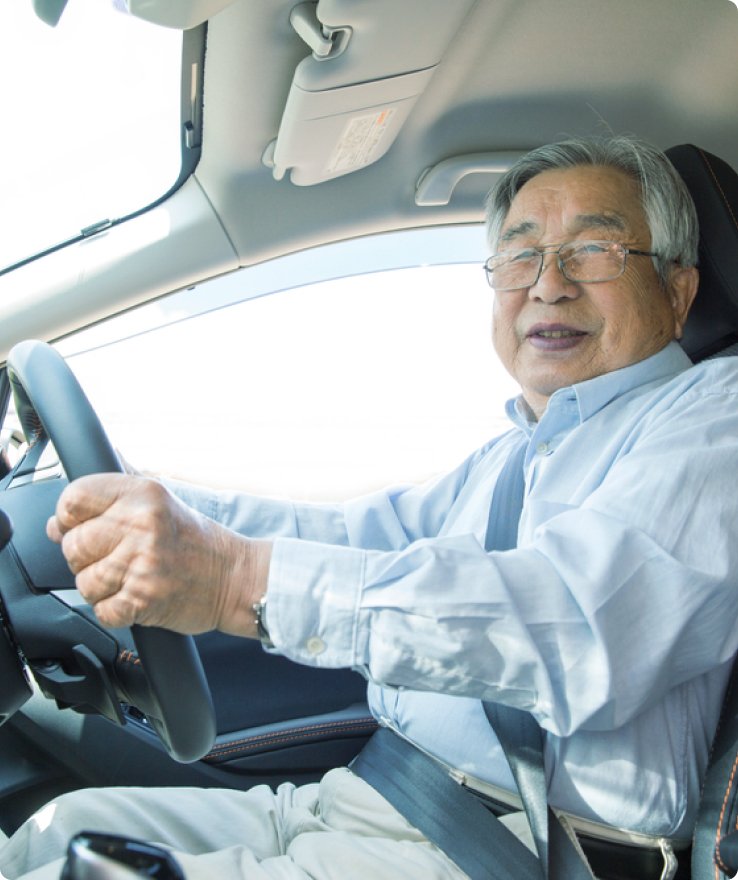

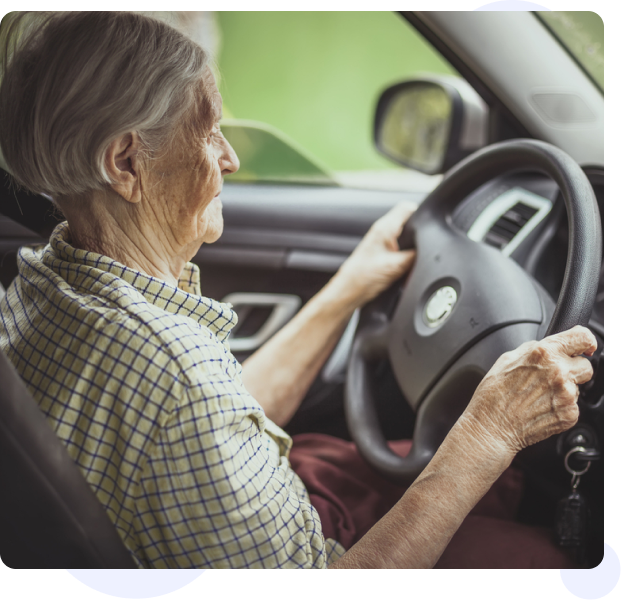
we accept your referral from any health professional on the condition the referral has a doctor's signature to medically clear a patient to complete the Occupational Therapy Driving Assessment.
We conduct an Occupational Therapy driving assessment in manual or automatic cars. The outcome of this assessment determines your suitability to drive. Based on the findings, we recommend that a patient is either suitable or unsuitable to drive. Some of our assessments are conducted on a computer simulator where various factors are studies in our lab. After successfully navigating this stage, we may take the patient out on the roads for an on-road driver assessment where we sit beside one of our driving instructors to assess the patient on the road in real time. If we find unsuitability, we will make recommendations to improve suitability or otherwise. We also assess and recommend any modifications that may be necessary to support your suitability to drive.
We assess drivers to work out whether they are capable of driving, after taking into consideration, their practical performance in a simulator and a real car. We help drivers to get back on the roads safely by identifying and implementing supports and certain vehicle modifications.
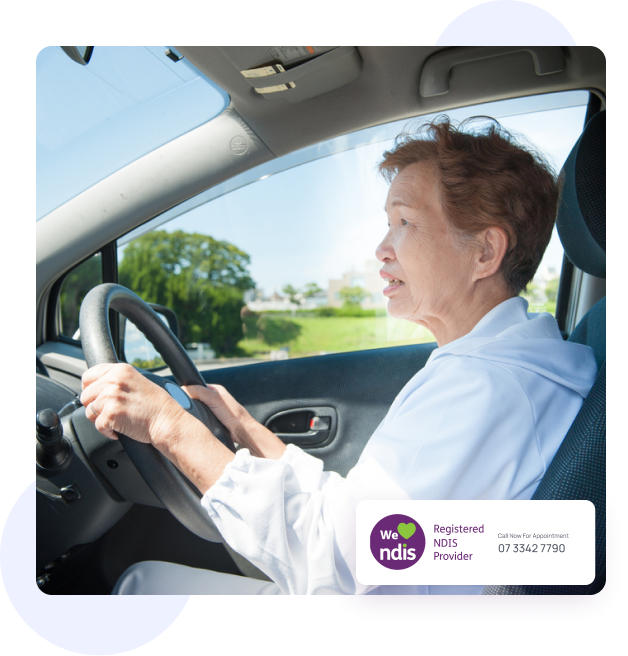
we are 5 star super clinic with Clinicians from various countries.
Our team altogether has a combined expeience of more than 50 years
We Pride Ourselves on the quality of our work

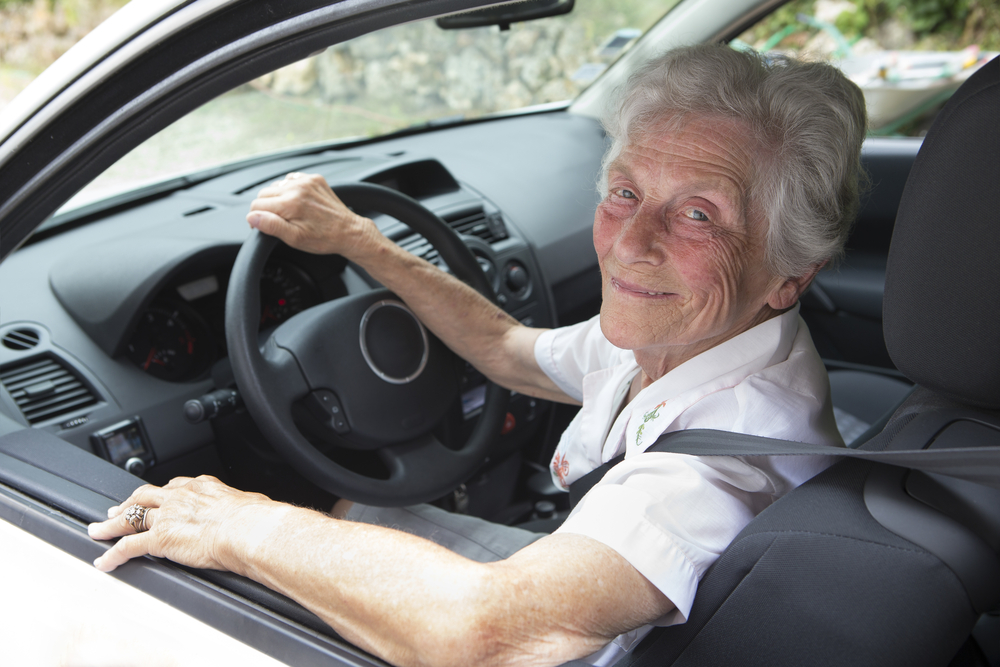

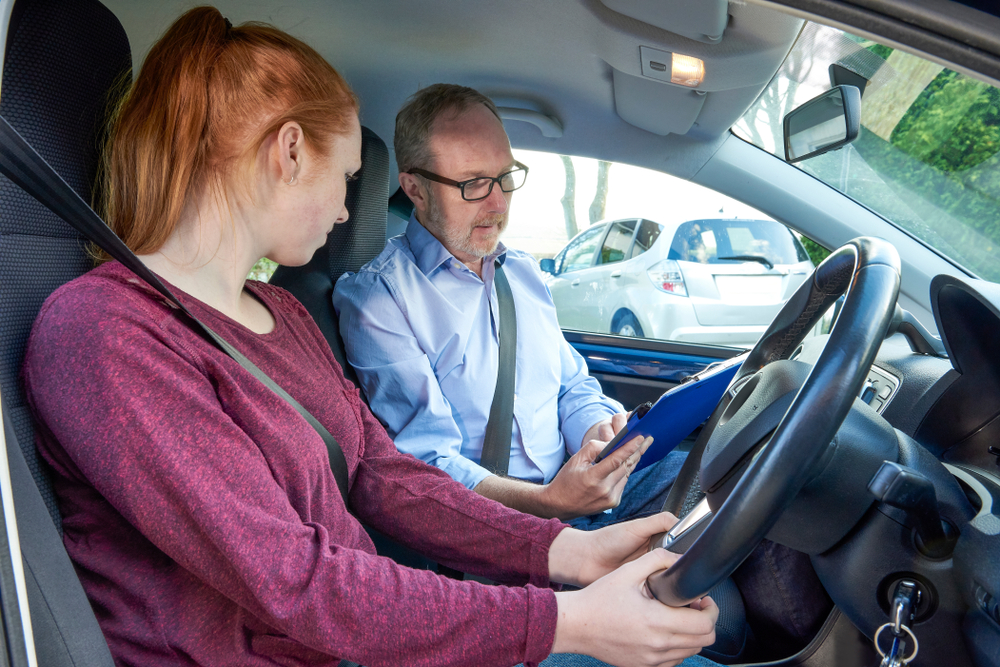
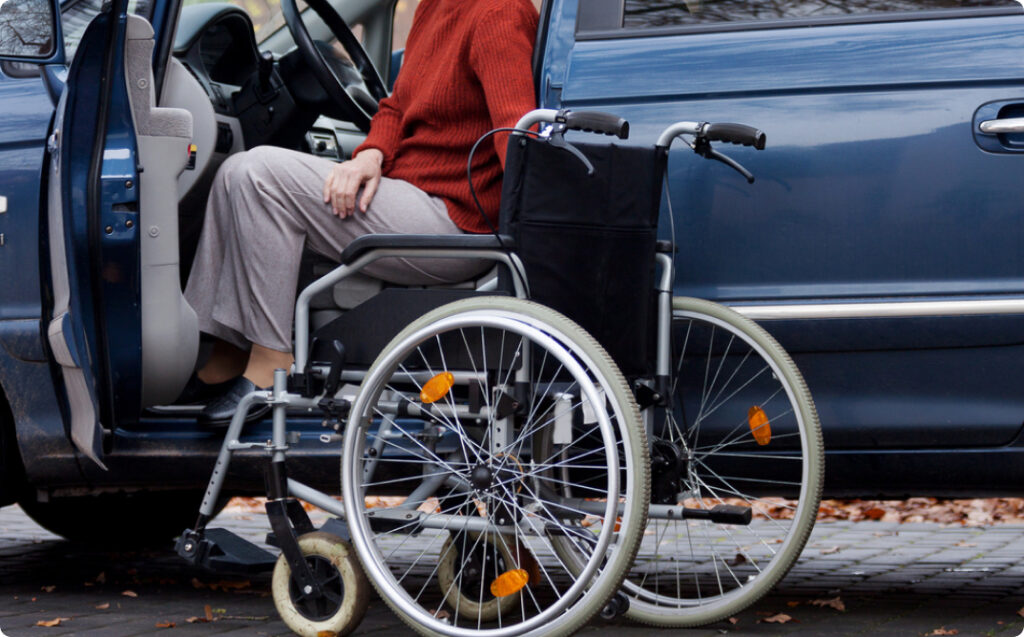

Everyday, our OT Pauline spends most of her time to deliver results and to be the Nexus between hope for a wheelchair, and reality of having that wheelchair delivered; the Nexus between hope to be more mobile, and the reality of moving around one’s home and driving a wheelchair that is specifically tailored to the client’s needs. Mental Health and Wheelchair Expert OT Pauline just delivered this Jay Fusion Magic 360 Power Wheelchair in record time.
Pauline finds job satisfaction in delivering results for clients requiring Home Modifications, Functional Capacity Assessments and all kinds of assistive technologies. Would you like to have Pauline in your corner?
(24/7 For Emergency)
(We Reply Within 2 Business Day)
1300 154 556
OPEN 9AM - 4PM DAILY
Queensland: 100 Annerley Rd WOOLLOONGABBA Q4102
Office hours
8:30am - 5pm, ( Mon-Fri)
Call: 07 3342 7790
1300 154 556
Mail:admin@nexuscap.com.au
OPEN 9AM - 4PM DAILY
454 Collins Street, Melbourne Victoria 3000, Australia
Office hours
8:30am - 5pm, ( Mon-Fri)
Call: 07 3342 7790
1300 154 556
Mail:admin@nexuscap.com.au
OPEN 9AM - 4PM DAILY
3 Spring St, Sydney NSW 2000 Australia
Office hours
8:30am - 5pm, ( Mon-Fri)
Call: 07 3342 7790
1300 154 556
Mail:admin@nexuscap.com.au
OPEN 9AM - 4PM DAILY
66 Smith Street Level 4 and 5, Darwin City NT 0800
Office hours
8:30am - 5pm, ( Mon-Fri)
Call: 07 3342 7790
1300 154 556
Mail:admin@nexuscap.com.au
OPEN 9AM - 4PM DAILY
300 Murray St Level 2 East, The Wentworth Building, Perth
Office hours
8:30am - 5pm, ( Mon-Fri)
Call: 07 3342 7790
1300 154 556
Mail:admin@nexuscap.com.au
OPEN 9AM - 4PM DAILY
1 Ragamuffin Drive, Hallett Cove South Australia 5158, Australia
Office hours
8:30am - 5pm, ( Mon-Fri)
Call: 07 3342 7790
1300 154 556
Mail:admin@nexuscap.com.au
OPEN 9AM - 4PM DAILY
111 Macquarie Street, Hobart Tasmania 7000, Australia
Office hours
8:30am - 5pm, ( Mon-Fri)
Call: 07 3342 7790
1300 154 556
Mail:admin@nexuscap.com.au
Leading allied health clinic in Brisbane. Expert therapy services nationwide. Over 50 years of combined experience. Dignified care, empowering clients. Psychology, OT, speech pathology, and more. Join our Nexus family today!
©2024 Nexus CAP. All Right Reserved

Drivers who are aged over 65 and becoming frail due to old age. Often times, these drivers are unsure whether it is safe to be on the roads. A driving suitability test is required to assess whether these drivers can navigate the roads safely. The first step towards this assessment is to obtain a doctor’s referral for an occupational therapy driver suitability assessment. If the a treating doctor determines that the patient is frail but medically stable enough to be assessed for driving suitability, they come to us and we conduct the assessment and provide a result to the client and their referring doctor. One of two outcomes is possible: we may decide that the driver is suitable to drive on the roads with or without relevant support. If support is required, we may also recommend minor modifications to the vehicle to allow the driver to be safer on the roads. On the other hand, we may decide that the driver is unsuitable to drive either due to the nature of their current symptoms or by looking at the test results.
In this category, we often see clients who present with dementia, patients recovering from stroke, patients recovering from renal failure and treatment, and patients who are experiencing the full effects of the ageing process.
The second cohort in this high risk category are patients who may not be old at all but have experienced some kind of life-changing event and these include patients who might have been discharged and completed rehabilitation after brain injury treatment, rehabilitation after acute stroke in a person under the age of 65, former drivers recovering from neuromuscular conditions, patients recovering from acute memory loss, patients recovering from vision (ophthalmological) problems, those patients recovering from serious trauma as a result of an accident or incident, e.g. spinal injuries. These patients are often aged between 16-65 and are generally holders of a current and valid provisional, open or learners driver’s license, and their symptoms are not necessarily age-related. The high risk category assigned to this group is all about an acute incident or events causing a limiting change in the patient’s capacity and ability to drive.
The third cohort in this high risk categories comprises of young neurodivergent patients presenting with various challenges such as Autism Spectrum Disorder, Functional Neurological Disorder, and other kinds or neuro affecting presentations. Sometimes, these are young people who need assistance and recommendations to work on getting on the roads as learner drivers. We work with these patients to help them grow their confidence and to overcome their challenges to make meaningful progress towards learning to drive on the roads in a safe way.

These are patients who have been referred for a driving assessment and presenting with one or more of the following factors:

Any other patient referred for a driver assessment by their GP or treating doctor